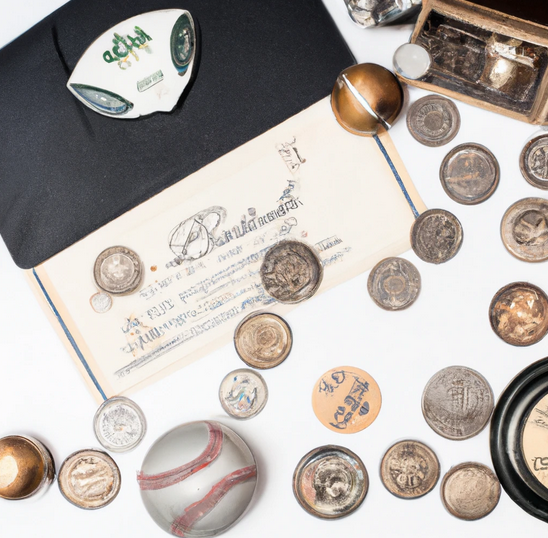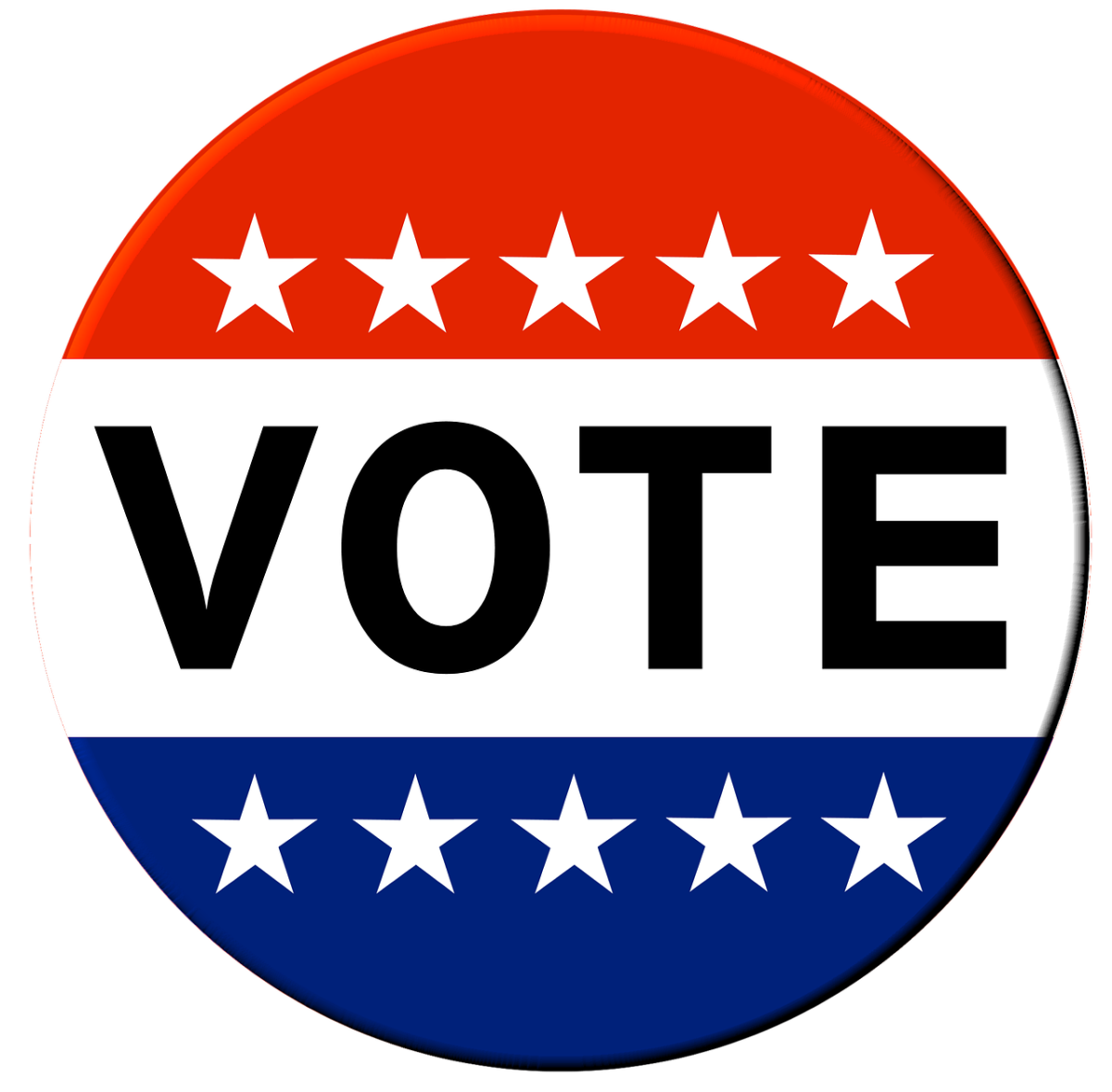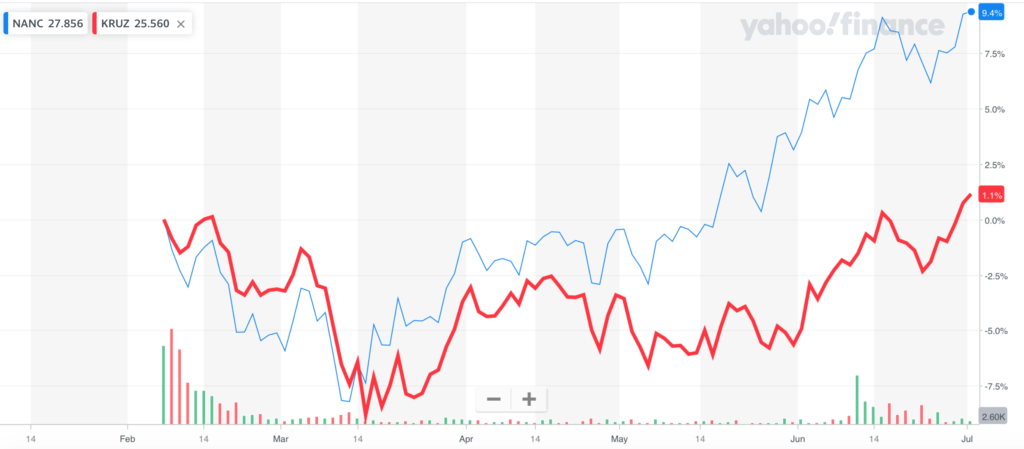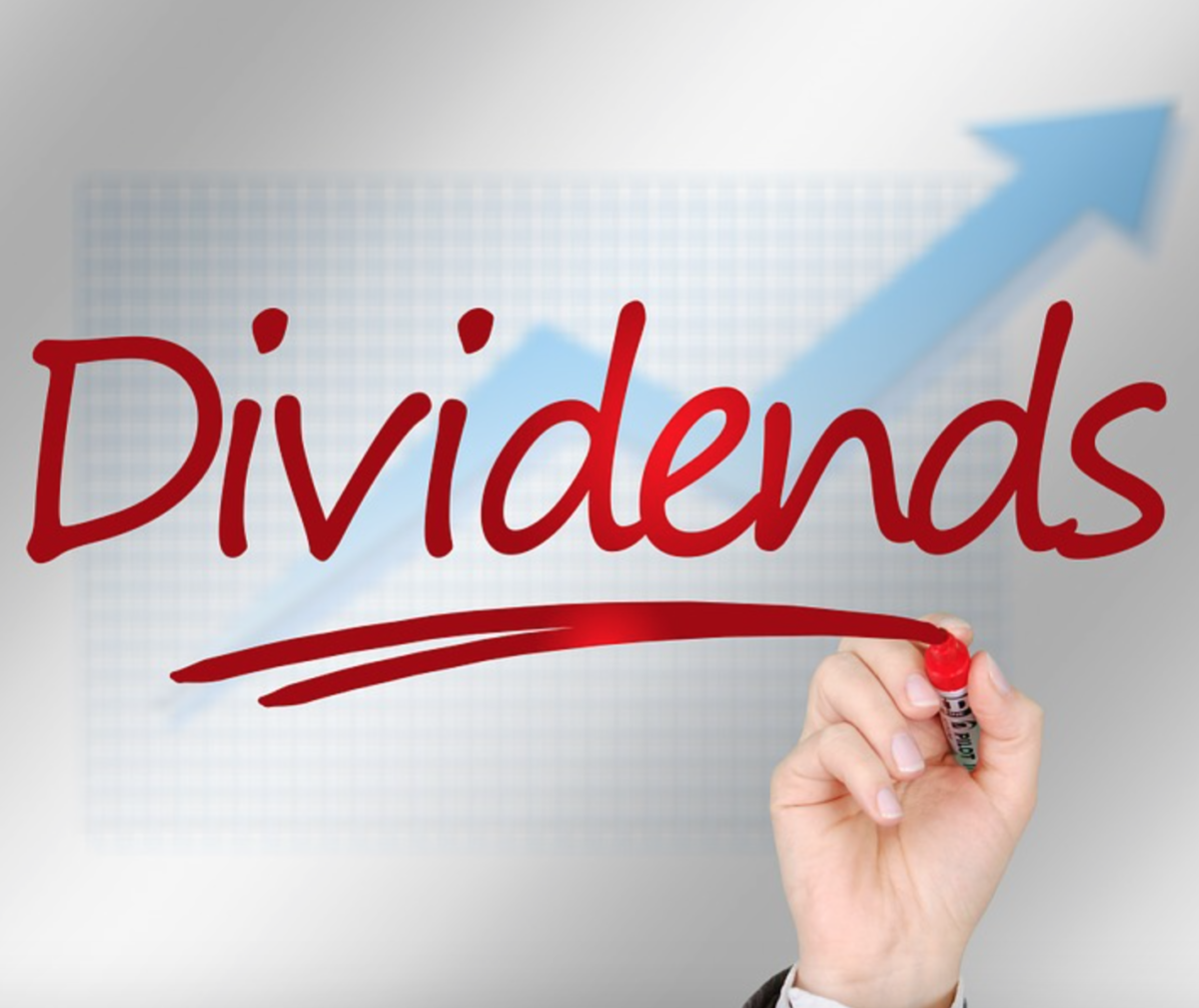by Fred Fuld III
The demand for chocolate is currently on the rise. The global chocolate market is projected to grow at a CAGR of 4.98% from 2022 to 2029, reaching an estimated value of USD 67.88 billion by 2029.
There are a number of factors driving the growth of the chocolate market, including:
Increasing population growth and urbanization. The global population is expected to grow to 9.7 billion by 2050, and the majority of this growth will occur in urban areas. This will create a larger market for chocolate, as urban consumers are more likely to consume chocolate than rural consumers.
Rising incomes. As incomes rise, consumers are more likely to spend money on luxury goods, such as chocolate. This is especially true in developing countries, where the middle class is growing rapidly.
Increased awareness of the health benefits of chocolate. Chocolate has been shown to have a number of health benefits, such as reducing the risk of heart disease, stroke, and diabetes. This is leading to increased demand for chocolate, especially among health-conscious consumers.
Growing popularity of premium and dark chocolate. Premium and dark chocolate are becoming increasingly popular, as consumers are looking for more sophisticated and flavorful chocolate options. This is driving growth in the chocolate market, as these types of chocolate typically command a higher price than traditional milk chocolate.
Chocolate has been shown to have a number of health benefits, including:
Reduced risk of heart disease. The flavanols in chocolate can help to improve blood flow and reduce inflammation, which can help to protect against heart disease.
Lowered blood pressure. The flavanols in chocolate can also help to lower blood pressure, which is another risk factor for heart disease.
Reduced risk of stroke. Chocolate has been shown to reduce the risk of stroke, especially in women.
Improved blood sugar control. The flavanols in chocolate can help to improve insulin sensitivity, which can help to control blood sugar levels.
Reduced risk of type 2 diabetes. Chocolate has been shown to reduce the risk of type 2 diabetes, especially in women.
Improved cognitive function. The flavanols in chocolate can help to improve cognitive function, such as memory and attention.
Reduced risk of Alzheimer's disease and dementia. The flavanols in chocolate may help to protect against Alzheimer's disease and dementia.
Improved mood. Chocolate can help to improve mood, possibly due to its effects on the brain's serotonin levels.
Antioxidant protection. Chocolate is a good source of antioxidants, which can help to protect cells from damage.
It is important to note that these health benefits are only seen with dark chocolate, which contains a higher concentration of flavanols than milk chocolate. Additionally, the benefits are seen when chocolate is eaten in moderation.
So what chocolate stocks are available to investors?
Hershey Foods Corporation (HSY), commonly known as Hershey’s, is a well-known American chocolate company. Hershey’s was founded by Milton S. Hershey in 1894 in the town of Hershey, Pennsylvania, USA. Milton Hershey had previous experience in the caramel business but turned his attention to chocolate manufacturing.
In 1900, Hershey’s introduced its iconic product, the Hershey’s Milk Chocolate Bar, which quickly became popular among consumers. The company’s success was largely attributed to its use of fresh milk and other high-quality ingredients.
Hershey’s experienced significant expansion throughout the early 20th century.
Milton Hershey established a model town called Hershey, Pennsylvania, to house the company’s employees and their families. The town included amenities such as housing, schools, recreational facilities, and a theme park called Hersheypark.
During World War II, Hershey’s was commissioned by the U.S. government to produce ration bars for the military. These bars provided soldiers with a high-calorie and nutritious food source during combat.
In addition to the classic chocolate bars, Hershey’s expanded its product line to include various confectionery items. This included the introduction of Hershey’s Kisses in 1907, Reese’s Peanut Butter Cups in 1928, and Kit Kat bars in the United States in 1970 through a licensing agreement with Nestlé.
Hershey’s expanded its reach globally, establishing manufacturing facilities and acquiring confectionery companies in different countries. Today, Hershey’s products are available in various regions around the world.
Over the years, Hershey Foods Corporation has grown to become one of the largest chocolate and confectionery manufacturers in the United States and has built a strong brand recognized globally.
Hershey has a trailing price to earnings ratio of 32 and a forward P/E ratio of 25. Earnings per share growth for this year jumped by 44.6%. The stock pays a dividend of $4.14 per year, giving a yield of 1.59%.
Mondelez International (MDLZ) has a rich history in the chocolate industry. The company traces its roots back to 1903 when it was originally established as the National Biscuit Company [NBC] in the United States. NBC quickly gained recognition for its popular snack products, including cookies and crackers. Over the years, NBC expanded its product portfolio and became a leading player in the global food and beverage industry.
In 1923, NBC introduced its first chocolate product, the iconic Oreo cookie, which went on to become one of the company’s most beloved and successful brands. This marked NBC’s entry into the chocolate segment and set the stage for its future endeavors in the chocolate industry.
In 1969, NBC merged with another prominent food company, Kraft Foods, forming the conglomerate known as Kraft General Foods (KGF). This merger brought together two industry giants and further solidified their presence in the chocolate and snack market.
In 2000, KGF underwent a significant restructuring and rebranding. The company spun off its international snack and confectionery businesses, including its chocolate brands, into a separate entity called Kraft Foods Inc. This move aimed to enhance focus and drive growth in the respective product categories.
In 2012, Kraft Foods Inc. made another transformational change. It split into two independent companies: Kraft Foods Group, which focused on the North American grocery business, and Mondelez International, which took charge of the global snacks and confectionery portfolio, including its chocolate brands.
As a result, Mondelez International became a standalone company dedicated to delighting consumers with a wide range of chocolate products. The company’s chocolate portfolio includes well-known brands such as Cadbury, Milka, Toblerone, and Côte d’Or, among others.
This $100 billion market cap company trades at 26 times trailing earnings and 21 times forward earnings. Quarterly earnings growth year-over-year jumped 147.8% on a rise of 18.1% increase in quarterly sales over the same period. The stock pays a dividend yield of 2.09%.
Tootsie Roll Industries has a storied history in the chocolate industry, dating back to its inception in 1896. The company was founded by Leo Hirshfield, who initially started his confectionery business in New York City. While Tootsie Roll Industries is best known for its namesake candy, the Tootsie Roll, its involvement in the chocolate sector is significant.
In the early years, Tootsie Roll Industries primarily focused on producing hard candies. However, in 1907, the company introduced a breakthrough product that would shape its future—the Tootsie Roll. This chocolate-flavored taffy-like candy became an instant success, winning the hearts of consumers across the United States.
Building on the triumph of the Tootsie Roll, the company expanded its chocolate offerings with the introduction of Tootsie Pops in 1931. These lollipops, featuring a chewy Tootsie Roll center, quickly became a beloved treat and a staple of Tootsie Roll Industries’ product lineup.
Over the decades, Tootsie Roll Industries continued to innovate and expand its chocolate portfolio. In 1971, they introduced another iconic product, the Junior Mints. These creamy, chocolate-covered mints gained popularity and have remained a favorite movie theater snack ever since.
Tootsie Roll Industries further expanded its chocolate offerings through acquisitions. In 1993, the company acquired the Charms Company, known for its popular Charms Blow Pops, which combined fruit-flavored hard candy with a gum center. This acquisition strengthened Tootsie Roll Industries’ presence in the chocolate and confectionery market.
Today, Tootsie Roll Industries is a leading player in the chocolate and confectionery industry. In addition to the classic Tootsie Roll and Tootsie Pops, the company offers a diverse range of chocolate-based candies, including Dots, Andes, and Caramel Apple Pops, among others.
This $2.68 billion market cap stock trades at 34 times trailing earnings. Quarterly sales were up 15.3% over the same period last year, and earnings increase 12.8% over the same period. The company offers a yield of 0.97%.
The Rocky Mountain Chocolate Factory is a confectionery company founded in 1981 by Frank and Rosalie Crail in Durango, Colorado. Starting with their first store in an old house, they offered a variety of chocolates and confections. As their high-quality chocolates gained popularity, the company expanded rapidly and began opening franchise locations across the United States.
Rocky Mountain Chocolate Factory became known for its diverse range of chocolate products, including caramel apples, fudge, truffles, nut clusters, and chocolate-covered treats. They also introduced innovative creations like gourmet popcorn, chocolate-dipped strawberries, and custom gift baskets.
To further expand, Rocky Mountain Chocolate Factory adopted a franchise model, allowing individuals to open their own stores under the brand’s umbrella. This approach contributed to the company’s rapid growth and the establishment of numerous retail locations nationwide.
In addition to its success in the United States, Rocky Mountain Chocolate Factory ventured into international markets. It opened stores in Canada, the United Arab Emirates, South Korea, Japan, and other countries, expanding its reach and introducing its products to a global audience.
Throughout its history, Rocky Mountain Chocolate Factory has maintained a commitment to using premium ingredients and traditional chocolate-making techniques. The company focuses on handcrafting its chocolates in small batches to ensure freshness and superior taste.
Rocky Mountain Chocolate Factory’s dedication to quality and its unique offerings have earned it a loyal customer base and recognition within the confectionery industry. Its stores are often sought out by chocolate enthusiasts and tourists looking for delicious treats.
Today, the Rocky Mountain Chocolate Factory continues to thrive, offering a wide selection of chocolates and confections in its stores and franchises. Its commitment to quality, innovative products, and expansion efforts have made it a well-known name in the chocolate industry.
The company is currently generating negative earnings, but has a reasonable price to sales ratio of 1.10. Rocky Mountain is an extremely low cap company at $33 million, and should therefore be considered extremely speculative.
Overall, the future of the chocolate industry is marked by innovation, sustainability, and meeting evolving consumer demands. As companies continue to adapt to changing trends and invest in responsible practices, the chocolate industry is poised for continued growth and diversification.
Disclosure: Author didn’t own any of the above at the time the article was written.










